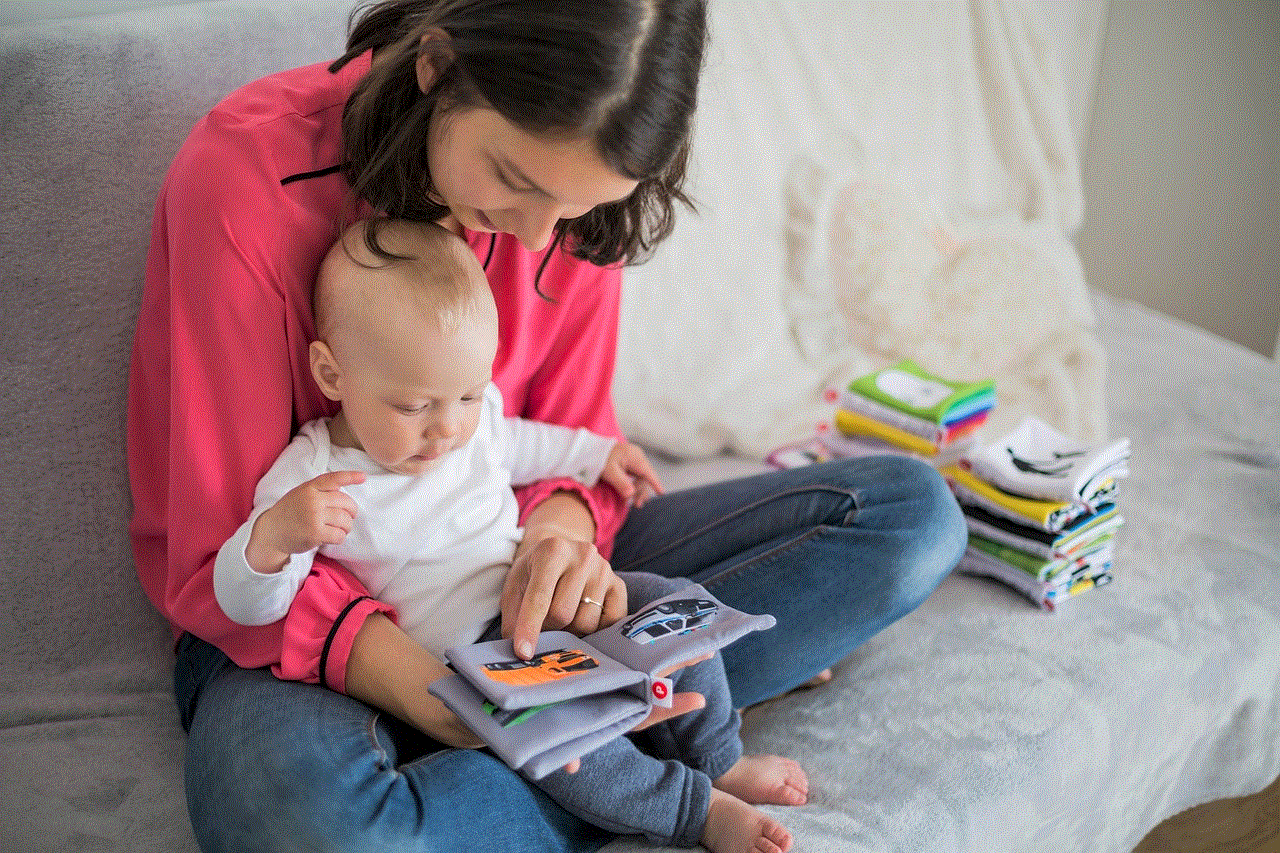games school appropriate
# Games School Appropriate: Engaging Activities for Learning
In today’s rapidly evolving educational landscape, the integration of games into the classroom has become increasingly popular. Educators are continually seeking effective methods to engage students, promote learning, and enhance critical thinking skills. Games that are school appropriate provide a unique avenue for achieving these goals. They can transform traditional learning environments into interactive, enjoyable experiences that foster collaboration, creativity, and communication among students. This article explores various types of school-appropriate games, their benefits, and how they can be effectively implemented in educational settings.
## The Importance of Play in Education
Play is a fundamental aspect of human development and learning. According to numerous studies, play-based learning promotes cognitive, social, emotional, and physical growth in children. Schools that incorporate games into their curricula find that students are more engaged and motivated to learn. When students participate in games, they are not merely absorbing information; they are actively involved in the learning process, which enhances retention and understanding.
Play also encourages students to develop essential life skills. Cooperative games promote teamwork and communication, while competitive games foster resilience and strategic thinking. By creating a balance between fun and educational content, educators can cultivate a positive learning atmosphere that supports holistic development.
## Types of School Appropriate Games
1. **Board Games**
Board games have been a staple of family entertainment for generations, and their educational value is becoming increasingly recognized. Games such as Scrabble enhance vocabulary and spelling skills, while Monopoly teaches financial literacy and basic math. Teachers can introduce board games into the classroom as part of group activities or designated game days, allowing students to learn while having fun.
2. **Card Games**
Card games like Uno or Go Fish can be easily adapted for educational purposes. Teachers can create custom decks that focus on specific subjects, such as math facts, grammar rules, or historical facts. These games can help students practice skills in a low-pressure environment while fostering social interaction.
3. **Digital Games**
With the rise of technology in education, digital games have become a popular tool for teachers. Educational platforms like Kahoot! and Quizizz allow educators to create interactive quizzes that students can participate in using their devices. These platforms make learning competitive and engaging, with instant feedback that helps students track their progress.
4. **Role-Playing Games**
Role-playing games (RPGs) provide a unique opportunity for immersive learning. Students can take on different characters and scenarios related to historical events, scientific concepts, or literary themes. This approach not only enhances understanding but also encourages empathy and perspective-taking.
5. **Outdoor Games**
Incorporating physical activity into learning is essential for student well-being. Outdoor games like scavenger hunts, relay races, and team-building activities promote collaboration and physical fitness. Teachers can design outdoor games with educational themes, such as geography scavenger hunts or science-themed obstacle courses.
6. **Puzzle Games**
Puzzles are excellent for developing critical thinking and problem-solving skills. Teachers can introduce jigsaw puzzles related to specific subjects or create escape room challenges that require students to solve problems collaboratively. These activities encourage creative thinking and teamwork.
7. **Trivia Games**
Trivia games can be an engaging way to review material. Teachers can organize trivia competitions based on subjects covered in class. This format not only reinforces knowledge but also fosters a sense of community and friendly competition among students.
8. **Simulation Games**
Simulation games can provide students with real-world experiences in a controlled environment. For instance, simulations of economic systems or government processes can help students understand complex concepts. These games allow learners to experiment and see the consequences of their decisions in a safe space.
9. **Art and Creativity Games**
Incorporating art into games can stimulate creativity and self-expression. Activities such as collaborative mural painting or digital art challenges can promote teamwork while allowing students to explore their artistic talents. These games can also be tied to lessons on history, culture, or environmental science.
10. **Word Games**
Word games like crossword puzzles and word searches can bolster language skills and vocabulary. Teachers can create custom puzzles based on the curriculum, making them relevant to what students are currently learning. These games can be used as warm-up activities or as a fun way to review before assessments.
## Benefits of School Appropriate Games
The benefits of integrating games into the classroom extend far beyond mere entertainment. Here are some key advantages of school-appropriate games:
### Enhanced Engagement
Games naturally capture students’ attention and interest. When learning is fun, students are more likely to participate actively and invest time in their education. Engaged students tend to perform better academically and exhibit a more positive attitude toward learning.
### Development of Critical Skills
Games encourage the development of critical thinking, problem-solving, and decision-making skills. Many games require players to strategize, analyze their options, and adapt to changing circumstances. These skills are essential for success in academics and future careers.
### Promotion of Social Skills
Playing games often involves collaboration and communication with peers. Students learn to work together, negotiate roles, and resolve conflicts. These social skills are vital for building relationships and fostering a supportive classroom environment.
### Support for Diverse Learning Styles
Every student has a unique learning style. Some students thrive in traditional lecture-based settings, while others benefit from hands-on or experiential learning. Games offer a versatile approach that can accommodate various learning preferences, helping all students succeed.
### Encouragement of Positive Competition
Healthy competition can motivate students to perform at their best. Games can create a sense of camaraderie and sportsmanship, teaching students to celebrate achievements and learn from failures. This balance of competition and collaboration fosters a supportive classroom culture.
### Stress Relief
Education can be stressful, and students often feel pressure to perform well. Incorporating games into the classroom can provide a much-needed break from routine and alleviate stress. A fun and relaxed environment can enhance creativity and productivity.
### Reinforcement of Learning Concepts



Games provide an opportunity for students to apply what they have learned in a practical context. This reinforcement helps solidify concepts and makes learning more meaningful. By using games as a review tool, teachers can ensure that students retain information more effectively.
### Fostering Lifelong Learning Habits
When learning is enjoyable, students are more likely to develop a love for knowledge that extends beyond the classroom. Games can inspire curiosity and a desire to explore new topics, encouraging students to become lifelong learners.
## Implementing Games in the Classroom
To effectively integrate games into the classroom, educators should consider the following strategies:
### Align Games with Learning Objectives
Before introducing any game, teachers should ensure that it aligns with the learning objectives of the lesson. Games should reinforce the curriculum and provide opportunities for students to practice specific skills.
### Create a Balanced Approach
While games can be a valuable tool for engagement, they should not replace traditional teaching methods entirely. A balanced approach that incorporates both games and other instructional strategies will cater to diverse student needs.
### Foster Inclusivity
Ensure that games are inclusive and accessible to all students. Consider the varying needs and abilities of your students when selecting games. Modify rules or provide alternative options to ensure everyone can participate and benefit.
### Encourage Reflection and Discussion
After playing a game, facilitate a discussion that encourages students to reflect on their experiences. Ask questions about what they learned, the strategies they employed, and how they can apply these lessons in the future. This reflection enhances the educational value of the game.
### Provide Clear Instructions
When introducing a new game, provide clear and concise instructions. Take the time to explain the rules, objectives, and any necessary materials. Clarity will help prevent confusion and ensure that students can focus on learning.
### Monitor Participation
While games encourage collaboration, it’s essential to monitor student participation to ensure that everyone is engaged. Encourage quieter students to contribute and provide support to those who may be struggling.
### Embrace Technology
Incorporating technology into games can enhance the learning experience. Utilize educational apps, online platforms, and interactive tools to create dynamic and engaging activities that resonate with today’s tech-savvy students.



### Evaluate Effectiveness
Regularly assess the effectiveness of games in achieving learning outcomes. Gather feedback from students and reflect on their engagement and understanding. Adjust your approach as needed to maximize the benefits of game-based learning.
## Conclusion
Incorporating school-appropriate games into the educational landscape can significantly enhance student engagement and learning outcomes. By recognizing the importance of play and leveraging various types of games, educators can create dynamic, interactive classrooms that foster collaboration, creativity, and critical thinking. The benefits extend beyond academic achievement, helping students develop essential life skills and a love for learning that will serve them well into the future.
As educators continue to explore innovative teaching methods, games will undoubtedly remain a powerful tool for transforming education and inspiring the next generation of learners. By embracing the potential of games, we can create enriching, enjoyable, and effective learning experiences that empower students to thrive both inside and outside the classroom.
what happens if you send a snap to someone who deleted you
Snapchat is a popular social media platform that allows users to send photos, videos, and messages to their friends and followers. One of the unique features of Snapchat is that the messages disappear after a set time, making it a favorite among teenagers and young adults. However, like any other social media platform, there is always a possibility of being unfriended or blocked by someone. This leads to the question, what happens if you send a snap to someone who deleted you?
To understand the answer to this question, let’s first look at how Snapchat works. When you send a snap to someone, it appears in their inbox, and the recipient can view it for a set time before it disappears. However, if the recipient has blocked or deleted you, the snap will not appear in their inbox, and they will not receive any notification about it.
If you have been deleted or blocked by someone on Snapchat, and you send them a snap, you will not receive any error message or notification. The snap will appear as if it has been sent successfully, but the recipient will not receive it. This is because when someone blocks or deletes you on Snapchat, they essentially remove you from their friends’ list, and any interaction between the two of you is not possible.
Moreover, if you try to send a snap to someone who has deleted or blocked you , their name will not appear in your contact list. This means that you cannot even send them a snap, to begin with. However, if you have their username, you can still send them a snap, but it will not be delivered, and you will not be able to see their stories or snaps.
Now, you may wonder why someone would delete you on Snapchat. There could be various reasons for this, such as a falling out between friends, a misunderstanding, or simply because they do not want to interact with you anymore. Whatever the reason may be, it is important to respect someone’s decision to delete or block you on Snapchat. Constantly trying to send them snaps or messages after they have made it clear that they do not want to communicate with you can be seen as a form of harassment.
On the other hand, if you have accidentally deleted someone on Snapchat and want to add them back, you can do so by searching for their username in the ‘Add Friends’ section. If they have not blocked you , you can add them back, and your previous conversations and snaps will be restored.
Another scenario could be that you have been deleted by someone, but they have not blocked you. In this case, you can still see their stories and snaps, but you cannot send them any messages or snaps. This can be quite confusing, as you may think that the person has not deleted you, but they have simply chosen not to interact with you.
In some cases, people may also delete or block you on Snapchat to take a break from social media or to declutter their friends’ list. If this is the case, they may unblock or add you back at a later time. However, it is always best to respect someone’s decision and not constantly try to contact them on Snapchat.
It is important to note that Snapchat also has a feature called ‘Do Not Disturb,’ which allows users to mute notifications from specific people or groups. This means that even if you send a snap to someone who has not deleted or blocked you, they may not receive a notification about it. However, the snap will still appear in their inbox, and they can view it when they open the app.
In some cases, you may send a snap to someone, and it may not be delivered. This could be due to a variety of reasons, such as a poor internet connection, server issues, or the recipient’s phone being turned off. However, if this happens frequently, it could be a sign that the person has deleted or blocked you on Snapchat.
Now, you may be wondering if there is a way to know if someone has deleted or blocked you on Snapchat. Unfortunately, there is no direct way to find out. Snapchat does not provide any notification or indication if someone has deleted or blocked you. However, there are a few signs that can help you figure it out.
If you are unable to see someone’s stories or snaps, it could be a sign that they have deleted or blocked you. Similarly, if their username does not appear in your contacts or if you cannot search for them, they may have deleted or blocked you. Additionally, if you have a mutual friend, you can ask them to check if the person is still on their friends’ list. If they are not, it could mean that they have deleted or blocked you.



In conclusion, if you send a snap to someone who has deleted or blocked you on Snapchat, the snap will not be delivered, and the recipient will not receive any notification about it. It is important to respect someone’s decision to delete or block you and not try to contact them constantly. Instead, focus on building and maintaining healthy relationships with the people who choose to have you in their Snapchat friends’ list.